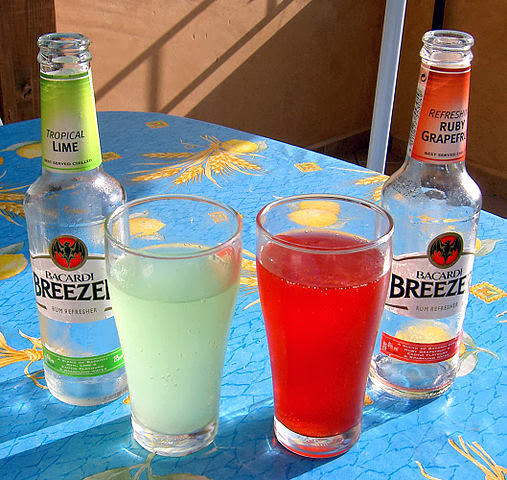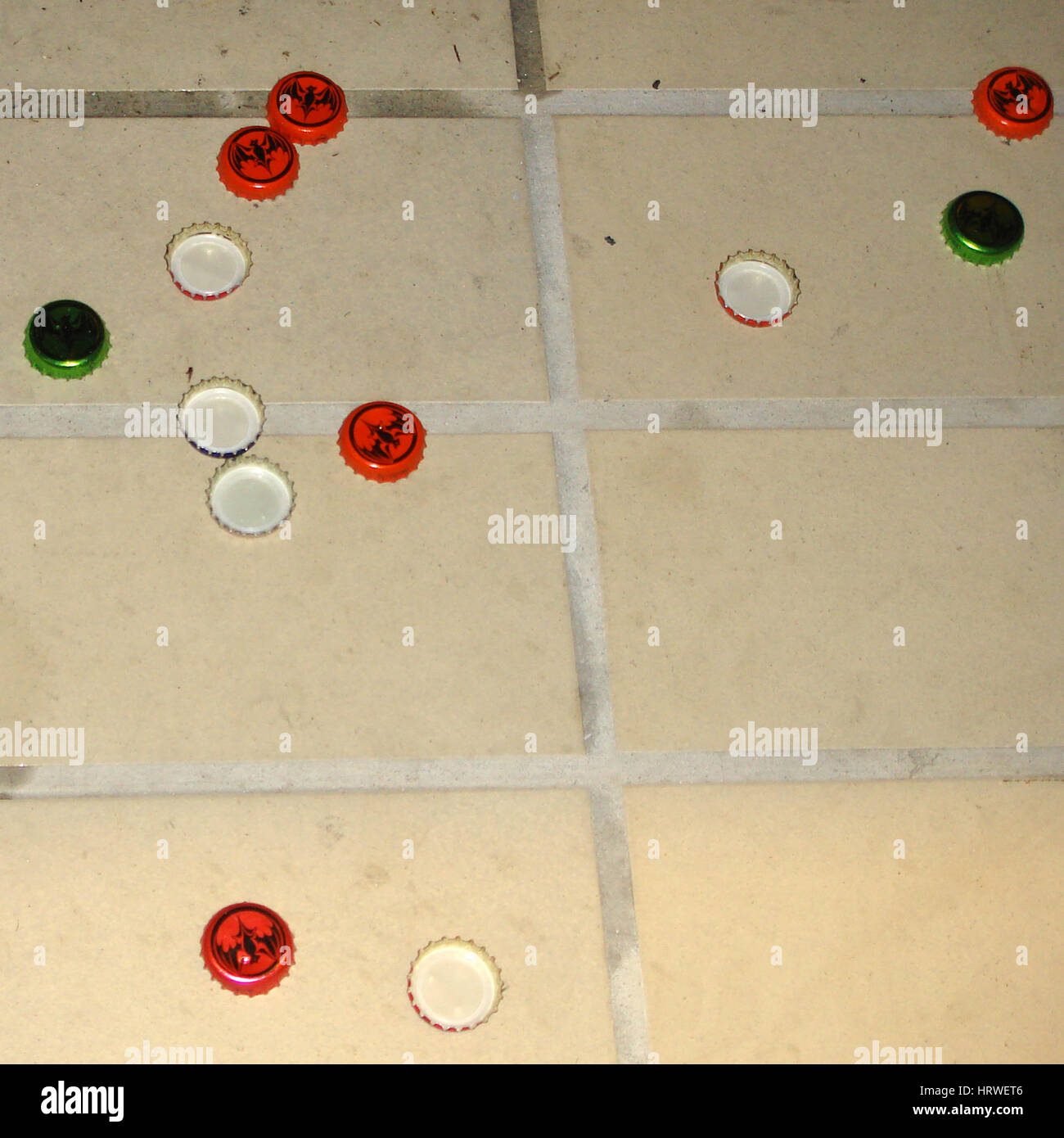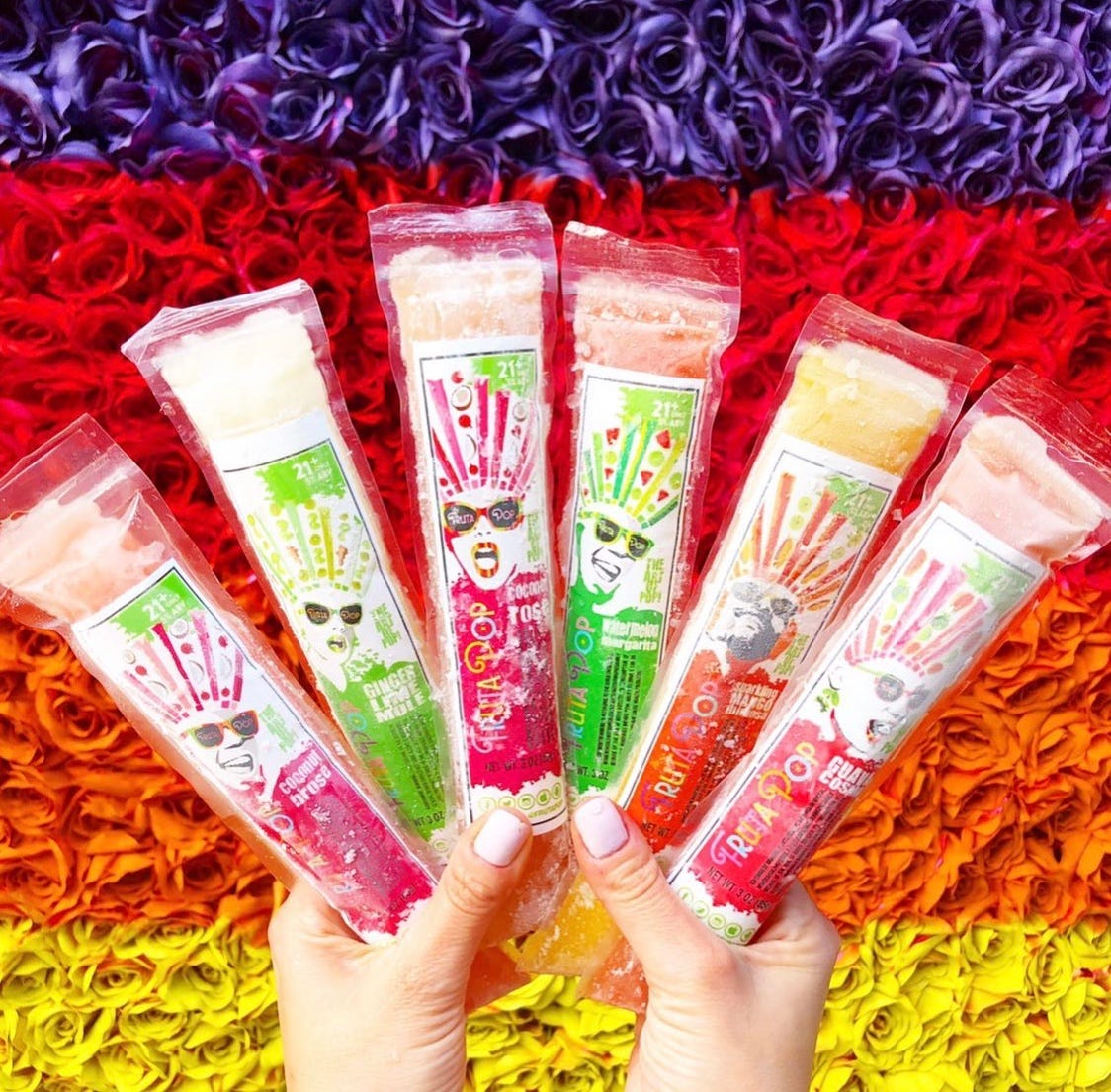

The juxtaposition of their silly play as friends in the background, with the frozen, awkward tension in the mid-ground, is a marvelous way to establish the evolution of their relationship.Īnother great shot happens towards the beginning. After a moment, however, they both sense that they both want to go to the next level, and stand opposite each other, frozen, completely in line with the bathroom door frame. The camera is framed outside the bathroom door, with the bath in the background and the open bathroom door in the mid-ground (nothing in the foreground), they start splashing each other, making for a lot of motion in this background. Purev-Ochir and cinematographer Vasco Viana fill the film with an assortment of rich, deceptively simple compositions, such as a scene where the two teens are dying their hair. It may make things appear all fine and dandy in his life, such as the scene when he takes special care of his Shaman garb, but this selfishness is a house of cards, waiting to crumble.ĭespite Ze’s selfish treatment of Marala, they still do have moments of genuine happiness and proper intimacy. The issue isn’t with her, it’s with Ze’s perception of her, as the source of his happiness. Playing around with mannequins, drinking at a nightclub, running from mall security, there’s nothing especially wrong with their antics, and so Malara is never demonized. They may do some naughty things together, but it’s typical teenage mischief.

Though she initially dismisses him as a conman, he visits her in the hospital, and they develop a friendship that evolves into more than friendship. This false inner peace stems from his time with Marala (Nomin-Erdene Ariunbyamba), the girl who underwent heart surgery. It’s as if this false inner peace has him feeling so good that he’s saying “man, even my role as Shaman is going great”, indicating that he sees it as a valuable part of his life. Indeed, when he finds what appears to be inner peace (but is instead false and selfish), we see him take care of the clothes and drum he utilizes for his Shaman rituals.

There’s never a moment in City of Wind where Ze expresses frustration over his role as a Shaman, no scene where he has to perform Shaman duties in lieu of going to a party. Donning a school uniform, we see Ze has little trouble blending in with his classmates. The revelation that he’s just a 17-year-old boy is jarring to us, but we accept both this and the modern setting very quickly, when the very next scene shows him in school. Performing the ritual in a hut, he’s a hunched over figure in a masked robe, smoking a pipe, and with a voice that very much sounds like a Grandpa who smokes. We’re introduced to Grandpa Spirit in the first scene, before we’re introduced to Ze. There’s also a woman whose daughter is undergoing life-changing surgery. The two main examples we see are parents with concern for their children, like an older man he calls “Neighbor-Grandpa”, whose alcoholic son (referred to as “Neighbor-Brother”) has trouble maintaining a job. As a Mongolian Shaman for the Grandpa Spirit, his community comes to him for help. Lkhagvadulam Purev-Ochi’s City of Wind, with its happy ending of self-discovery, certainly follows the broadest of beats, but there’s also much that distinguishes it in this run-of-the-mill genre.Ī key (perhaps the key) distinction is that 17-year-old Ze’s (Tergel Bold-Erdene) struggle isn’t about a lack of interest in his cultural significance. Coming of age stories about a teenager at odds with their essential cultural role in their hometown could have their own subcategory on Disney+. Photo Courtesy of the Venice Film FestivalĬoming of age stories are a dime a dozen.


 0 kommentar(er)
0 kommentar(er)
